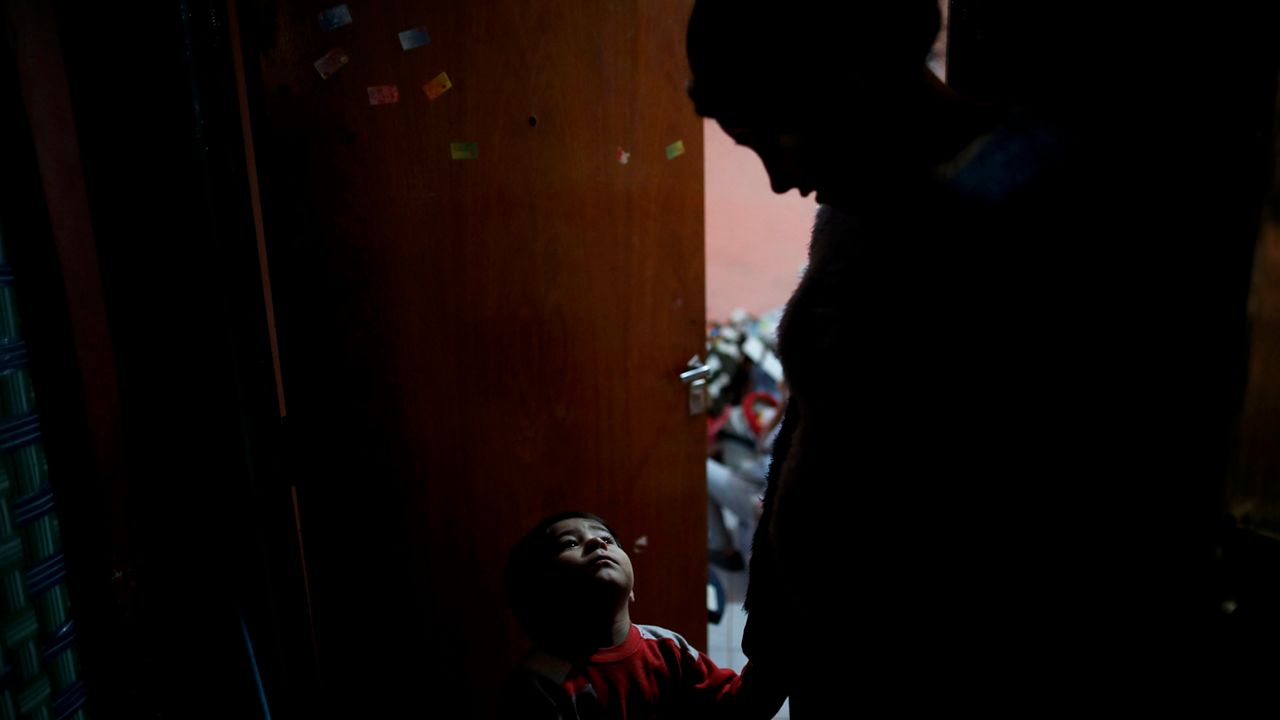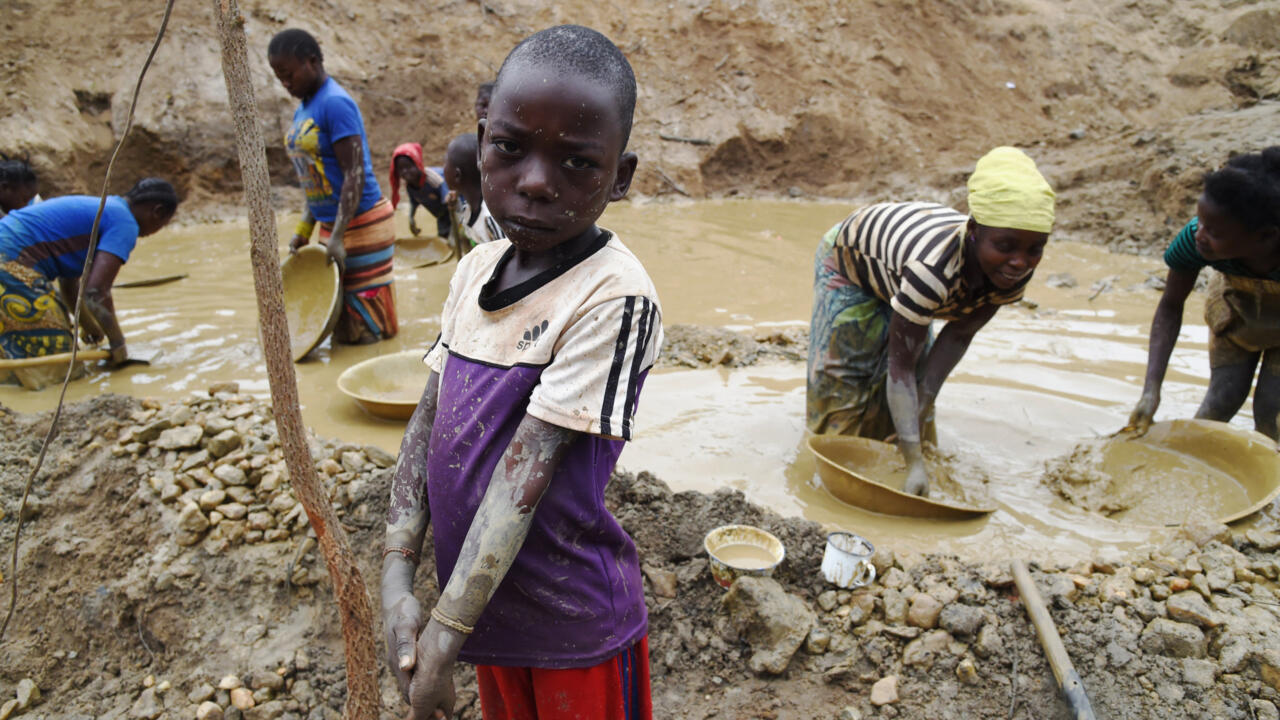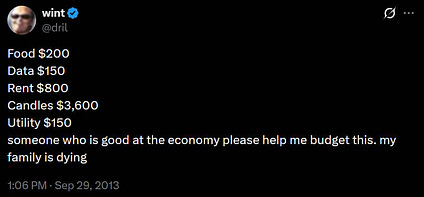Upstate New York communities working to combat childhood poverty – Spectrum Noticias

Report on Child Poverty Reduction Efforts in New York State and Alignment with Sustainable Development Goals (SDGs)
1.0 Executive Summary
This report outlines the current state of childhood poverty in New York State and the strategic initiatives being implemented to address it. These efforts are critically aligned with the United Nations Sustainable Development Goals (SDGs), particularly SDG 1 (No Poverty), SDG 2 (Zero Hunger), SDG 3 (Good Health and Well-being), and SDG 10 (Reduced Inequalities). The state has established a clear objective to halve child poverty within a decade, a target that directly reflects SDG Target 1.2.
2.0 The Scale of Child Poverty in New York State
Child poverty presents a significant challenge to sustainable development within New York. The issue affects communities statewide, with a notable concentration in urban centers such as Rochester, Buffalo, Syracuse, and Schenectady.
- Prevalence: Approximately one in five children in New York State experiences poverty annually.
- Geographic Disparity: Upstate urban areas report some of the highest child poverty rates in the United States, highlighting a critical issue of inequality that contravenes SDG 10.
3.0 State-Level Strategy and Institutional Framework
In response to this challenge, New York has institutionalized its commitment to poverty reduction through a dedicated council and a clear, measurable goal.
3.1 The Child Poverty Reduction Advisory Council
A 15-member council is tasked with implementing the governor’s plan to achieve a 50% reduction in child poverty over a 10-year period. This initiative represents a direct policy action toward achieving SDG 1 (No Poverty).
3.2 Core Policy Focus Areas
The council’s work centers on several key areas that have a multi-faceted impact on the SDGs:
- Expansion of the Child Tax Credit: A primary strategy is to enhance and expand the child tax credit, ensuring eligible families are aware of and can access this financial support. This directly addresses poverty and economic inequality (SDG 1, SDG 10).
- Response to Federal Funding Adjustments: The state is developing strategies to counteract the adverse effects of federal cuts on essential services. This proactive measure is crucial for maintaining progress on multiple SDGs.
- Food Security (SDG 2): Addressing the loss of federal assistance for food costs to prevent an increase in hunger.
- Health Coverage (SDG 3): Ensuring continued access to medical care and health insurance for vulnerable populations who may lose federal coverage.
4.0 The Role of Advocacy and Partnerships (SDG 17)
Organizations such as The Children’s Agenda are pivotal in advancing these goals. Their work exemplifies SDG 17 (Partnerships for the Goals) by fostering collaboration among various stakeholders.
- Policy Advocacy: Educating lawmakers, policymakers, and community leaders on the prevalence of poverty and effective reduction strategies.
- Building Awareness: Highlighting the scope of the problem to garner widespread community and governmental support.
- Multi-Level Governance: Emphasizing that a successful poverty reduction strategy requires coordinated efforts from all levels of government, from local to federal.
5.0 Conclusion
New York State’s approach to combating child poverty is fundamentally aligned with the 2030 Agenda for Sustainable Development. By setting a concrete reduction target and focusing on financial support, health, and food security, the state is addressing the interconnected nature of the SDGs. The success of this initiative will depend on sustained political will and effective partnerships across all sectors of society.
Analysis of SDGs, Targets, and Indicators
1. Which SDGs are addressed or connected to the issues highlighted in the article?
The article primarily addresses issues related to the following Sustainable Development Goals (SDGs):
-
SDG 1: No Poverty
This is the central theme of the article. The entire text focuses on the issue of childhood poverty in New York state, its prevalence (“About 1 in 5 children in New York state experience poverty”), and the specific actions being taken to combat it, such as the governor’s plan to “reduce child poverty in the state by 50% over 10 years.” -
SDG 2: Zero Hunger
The article connects poverty to food insecurity. It mentions the state’s efforts to deal with federal cuts that affect “the help that they need with the cost of food” and the plans to help people get the “food and other necessities they need.” This directly relates to ensuring people, especially the poor, have access to food. -
SDG 3: Good Health and Well-being
The article highlights the link between poverty and health care access. It notes that due to federal cuts, “People are going to lose coverage, either health insurance coverage or the help that they need,” and discusses the state’s role in ensuring people can get the “medical care” they need.
2. What specific targets under those SDGs can be identified based on the article’s content?
Based on the article, the following specific SDG targets can be identified:
-
Target 1.2: By 2030, reduce at least by half the proportion of men, women and children of all ages living in poverty in all its dimensions according to national definitions.
This target is explicitly mirrored in the article through the “governor’s plan to reduce child poverty in the state by 50% over 10 years.” The article’s focus on a specific, measurable reduction in child poverty aligns perfectly with this target. -
Target 1.3: Implement nationally appropriate social protection systems and measures for all, including floors, and by 2030 achieve substantial coverage of the poor and the vulnerable.
The article discusses the implementation of social protection systems. The Child Poverty Reduction Advisory Council’s focus on the “expansion of the child tax credit and making sure those who qualify know about it and have access to it” is a direct example of a social protection measure aimed at the poor and vulnerable. -
Target 2.1: By 2030, end hunger and ensure access by all people, in particular the poor and people in vulnerable situations, including infants, to safe, nutritious and sufficient food all year round.
This target is relevant to the discussion about the state figuring out how to deal with federal cuts that affect “the help that they need with the cost of food” and making plans to help people get the “food…they need.” -
Target 3.8: Achieve universal health coverage, including financial risk protection, access to quality essential health-care services and access to safe, effective, quality and affordable essential medicines and vaccines for all.
The article touches on this target by mentioning the state’s efforts to counteract federal cuts that will cause people to “lose… health insurance coverage” and the need to “ensure as many people remain eligible who need that help as possible” to get “medical care.”
3. Are there any indicators mentioned or implied in the article that can be used to measure progress towards the identified targets?
Yes, the article mentions or implies several indicators that can be used to measure progress:
- Rate of child poverty: This is an explicit indicator mentioned in the article. The statement, “About 1 in 5 children in New York state experience poverty in a given year,” provides a baseline. Progress towards Target 1.2 would be measured by the reduction of this rate over the 10-year period.
- Uptake of social protection benefits: This is an implied indicator. The council’s focus on “making sure those who qualify know about [the child tax credit] and have access to it” implies that the number or percentage of eligible families receiving the credit is a key measure of success for Target 1.3.
- Access to food assistance: This is an implied indicator for Target 2.1. The article discusses the need to help people with the “cost of food.” Progress could be measured by the number of people receiving state-level food assistance to compensate for federal cuts.
- Health insurance coverage rate: This is an implied indicator for Target 3.8. The concern about people who “are going to lose coverage” suggests that maintaining or increasing the number of people with health insurance or access to state-supported medical care is a key metric.
4. Table of SDGs, Targets, and Indicators
| SDGs | Targets | Indicators |
|---|---|---|
| SDG 1: No Poverty | 1.2: Reduce poverty by at least 50% according to national definitions. | The proportion of children experiencing poverty (Baseline: “1 in 5 children”). |
| SDG 1: No Poverty | 1.3: Implement nationally appropriate social protection systems. | Number of eligible families who have access to and receive the child tax credit. |
| SDG 2: Zero Hunger | 2.1: Ensure access to safe, nutritious and sufficient food for all. | Number of people receiving state assistance for the cost of food. |
| SDG 3: Good Health and Well-being | 3.8: Achieve universal health coverage. | Number of people with health insurance coverage or access to medical care. |
Source: spectrumlocalnews.com
What is Your Reaction?
 Like
0
Like
0
 Dislike
0
Dislike
0
 Love
0
Love
0
 Funny
0
Funny
0
 Angry
0
Angry
0
 Sad
0
Sad
0
 Wow
0
Wow
0


















































.jpg.webp?itok=0ZsAnae9#)





/environment-climate-change-and-health-(ech)/water-sanitation-hygiene-and-health-(wsh)/landfill-tuvalu-36092.tmb-1200v.jpg?sfvrsn=5c21fe40_1#)


















